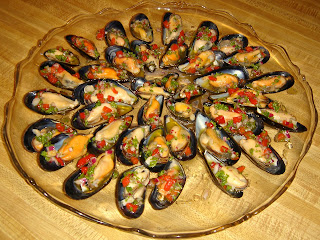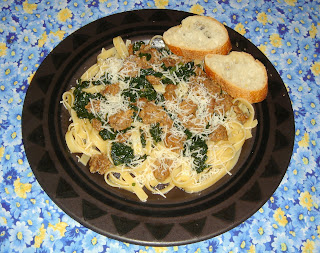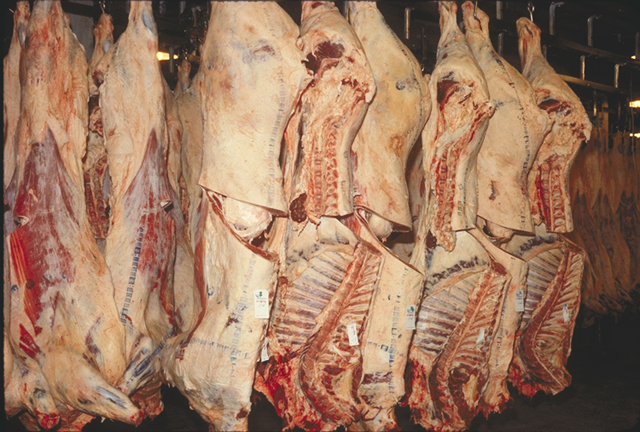So let's talk food. Specifically, grilled chicken sort of food. More specifically, "Leaping Frog Chicken" from the June 2009 issue of
Gourmet magazine.
When I first skimmed that issue of the magazine back in late May when it arrived in the mail, I was instantly intrigued by the
method of preparing the chicken rather than by the
specific recipe. The recipe calls for 6 tablespoons of Argentinean
ají molido or hot smoked paprika. I had neither on hand and although smoked paprika is now widely available,
hot smoked paprika is not as easily obtained--or so I thought. Since I wanted to try cutting up a chicken this new fancy way--and didn't want to wait until I obtained some hot smoked paprika, I went ahead and did it and used an old tried and true coating for grilled chicken that has been a standby at our house for years. It's Julia Child's "Deviled Chicken With Mustard Coating" recipe. It's from her "Way To Cook" book and it's excellent.
Here's a link to a copy of it.
Using the "Leaping Frog" method of prepping the chicken along with Julia's mustard coating produced a delicious chicken--dark meat and white meat both perfectly done and no part of the chicken wasted-- which is the case with "standard" butterflied chicken where the backbone and part of the oysters are removed. But I digress.
Yes, the chicken was delicious with Julia's mustard coating and I would highly recommend you try it sometime. But Ruth Cousineau's (the director of
Gourmet's test kitchen) words, “Every so often, a recipe comes along and changes your life; and
this one will” stuck in my little foodie brain. I
had to try the whole "Leaping Frog" recipe in its entirety.
It turned out, last night (Sunday) was Ms. Bic's last night of a week away from her work. So, to make the transition back to work a little less unpleasant, a nice dinner was called for. And let me tell you--this girl
loves her chicken. So, the decision was made Saturday morning--if I could get my hands on some hot smoked paprika I would marinate the bird early Sunday morning and cook her the real deal for dinner Sunday. Fortunately, it turned out the Whole Foods market here in Portland
did have hot smoked paprika. I was in luck! As soon as I got home from the store I opened the tin and smelled and tasted the stuff. Dark red, smoky, and exotic. Funky.
I was all set.
Sunday morning right after breakfast, I made the marinade, prepped the chicken, and stuck it in the fridge for the day. Later, I grilled it on the gas grill over indirect medium-high heat (about 375°) for about 55 minutes. The white meat was about 160° and the thighs were about 175° Perfect! The chicken was done. I served it with a rice pilaf made with loads of baby spinach, cilantro, and parsley all pureed with chicken broth in the blender. Also some fresh green beans from the local farmers' market rounded things out.
It turned out to be an especially wonderful dinner.
Possibly it's the best grilled chicken I've
ever made. I highly recommend it!
Photo by Bic (click on it for larger image)
Update 11/8/09 original title changed from "Slow News Day" for the sake of clarity.





+blog.jpg)
+blog.jpg)



